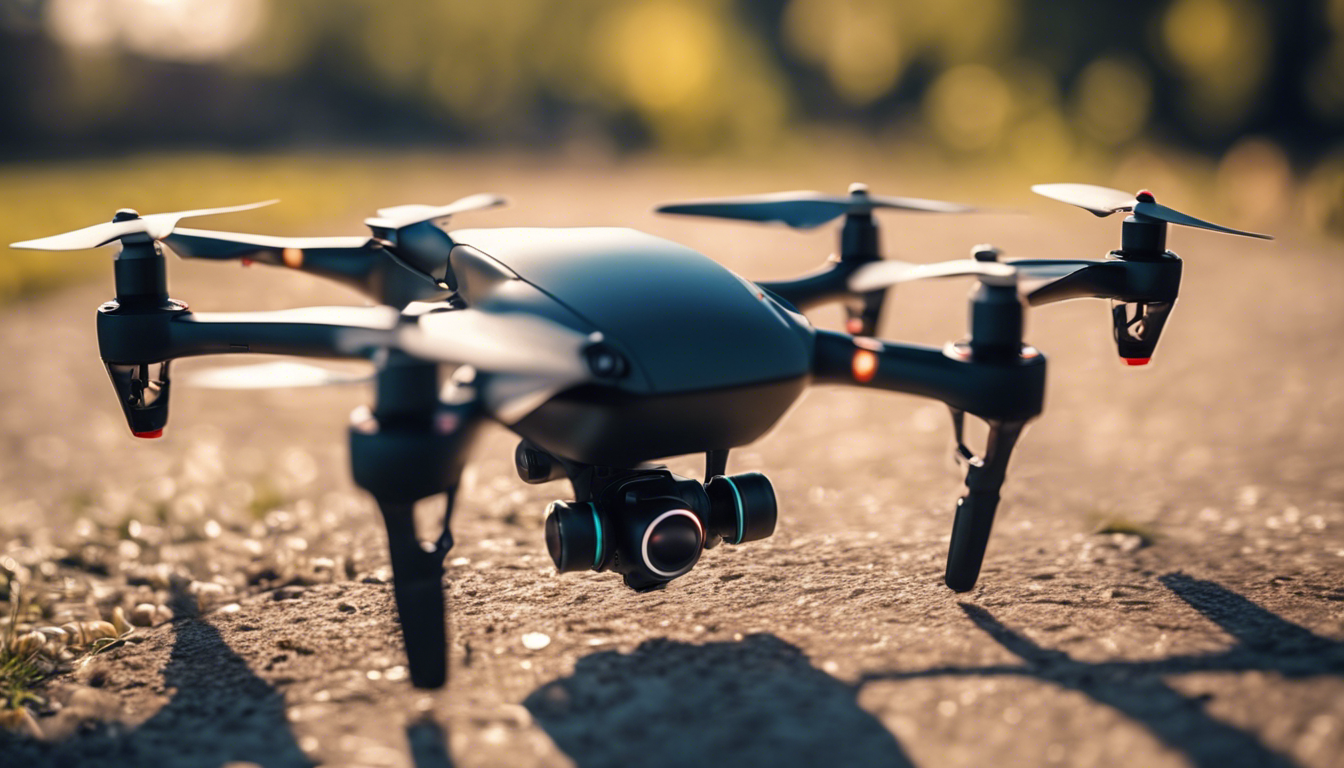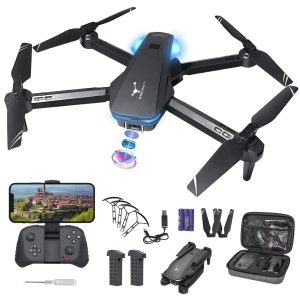
Autonomous drones, once the stuff of science fiction, are rapidly becoming a reality in our everyday lives. These innovative flying devices have captured the imaginations of consumers, hobbyists, and professionals alike. As technology continues to advance at lightning speed, there is no doubt that autonomous drones will play a major role in shaping the future. Let’s delve into the exciting world of consumer drones and explore their potential future perspectives.
The Evolution of Consumer Drones
Consumer drones have come a long way since their introduction. Initially, they were limited to simple remote-controlled devices that required manual piloting skills. However, advancements in drone technology such as GPS navigation, sensors, and artificial intelligence have given rise to autonomous capabilities.
One significant leap forward came with the integration of GPS technology into consumer drones. GPS allows drones to precisely navigate and track their position in real-time, making autonomous flight a possibility. With the ability to set waypoints and define flight paths, users can now send their drones on pre-programmed missions.
Sensors have also played an important role in the evolution of autonomous drones. From basic obstacle avoidance sensors to advanced cameras and lidar systems, these sensors enable drones to detect and avoid objects in their flight path. This capability greatly enhances the safety and maneuverability of autonomous drones, making them accessible to a wider range of users.
The Rise of Artificial Intelligence
Artificial intelligence (AI) is revolutionizing the capabilities of autonomous drones. AI algorithms allow drones to analyze data in real-time, make intelligent decisions, and adapt to changing environments. This opens up a world of possibilities for consumer drones.
One exciting application of AI in consumer drones is computer vision. Drones equipped with high-resolution cameras and sophisticated AI algorithms can identify and track objects of interest with precision. This opens up new possibilities for aerial photography, surveillance, and even delivery services.
AI-powered drones can also learn from their experiences. By analyzing flight patterns, user inputs, and environmental data, drones can continuously improve their performance and become even more efficient over time. This self-learning capability paves the way for autonomous drones that can operate in complex scenarios and adapt to unpredictable situations.
The Future of Consumer Drones
The future perspectives of autonomous drones are both exciting and promising. Here are some key areas where consumer drones are expected to have a significant impact:
- Delivery Services: Autonomous drones have the potential to revolutionize the delivery industry. Imagine receiving packages and groceries delivered by a drone right at your doorstep. With advancements in battery technology and regulatory frameworks, autonomous drone deliveries might become a commonplace sight in the near future.
- Aerial Photography and Videography: Drones have already transformed the world of aerial photography and videography, providing breathtaking perspectives and angles that were previously only possible with expensive equipment. As autonomous capabilities improve and AI algorithms become more sophisticated, drones will be able to capture even more stunning visuals with minimal human intervention.
- Surveillance and Security: Autonomous drones equipped with advanced cameras and AI algorithms can enhance surveillance and security systems. They can patrol large areas, detect anomalies, and alert authorities when necessary. This can be particularly useful for border control, crowd monitoring, and disaster management.
- Environmental Monitoring: Drones can be invaluable tools for monitoring and protecting our environment. Autonomous drones can collect data on air quality, temperature, wildlife populations, and more. This data can then be used to raise awareness, make informed decisions, and take proactive measures to safeguard our planet.
Tips for Using Autonomous Drones
If you’re considering getting an autonomous drone or already own one, here are some practical tips to make the most of your experience:
- Read the instruction manual thoroughly and understand the capabilities and limitations of your drone. This will help you fly safely and maximize your drone’s potential.
- Stay updated with local regulations and follow them strictly. Drone laws are constantly evolving, and it is essential to abide by them to ensure safe and legal operations.
- Invest in quality accessories such as spare batteries, propellers, and a sturdy carrying case. Having these essentials will help you avoid interruptions and protect your drone when on the move.
- Practice flying your drone in open areas away from obstacles until you become familiar with its controls and responsiveness. Start with basic flight modes and gradually explore advanced features once you gain more experience.
- Regularly update your drone’s firmware and software. Manufacturers often release updates that include bug fixes, performance improvements, and new features. Keeping your drone up to date will ensure optimal performance and compatibility with the latest technologies.
Autonomous drones have the potential to revolutionize various industries and transform the way we interact with our surroundings. Whether it is capturing stunning photos and videos, enabling quick and efficient deliveries, or helping protect our environment, consumer drones are poised to become an integral part of our lives. With advancements in technology and the ever-expanding range of applications, the possibilities for autonomous drones are truly limitless.
